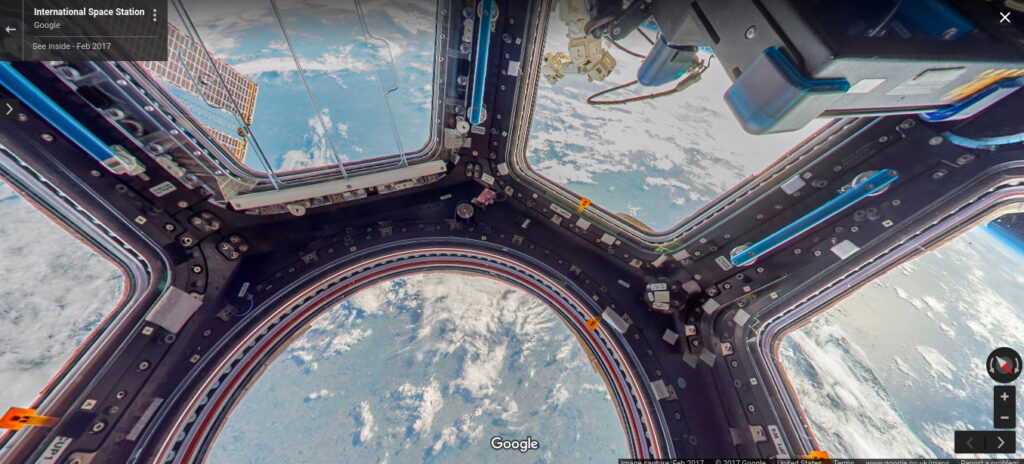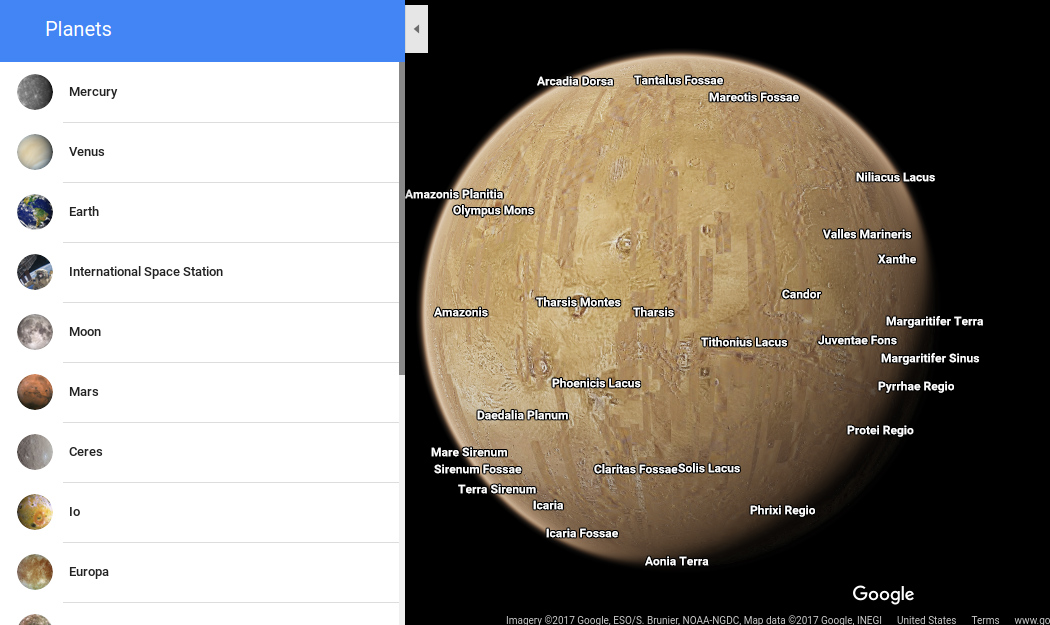
Last month, Google quietly retired Google Sky Maps, a popular tool for stargazers and space enthusiasts. However, there’s still a way to explore the solar system from the comfort of your desk, thanks to a feature known as Google Maps in Space. This innovative addition to Google Maps allows users to virtually traverse not just Earth, but also fly over planets like Mercury, Venus, and Mars, as well as several moons such as Ganymede, Europa, and even Charon, Pluto’s moon.
Google Maps in Space offers a compelling way to explore 21 different celestial bodies and the International Space Station (ISS). Although Google Earth Pro also provides access to some interplanetary locations, users may find it less intuitive for exploring these areas compared to Google Maps in Space. Google Maps in Space presents a user-friendly interface that makes celestial exploration accessible and engaging, whether for educational purposes or personal curiosity.
To get started with Google Maps in Space, you need to visit the specific Google Maps in Space website. It’s important to include the trailing slash at the end of the URL to avoid errors. Once on the site, look for the “Layers” option at the bottom-left corner of the screen, which will initially display Earth. By selecting “More” and checking the box for “Globe view,” you will activate the view of other planets and moons. After refreshing the page, you’ll see a list of celestial bodies on the left-hand navigation bar. Clicking on any of these will replace Earth with the selected planet or moon. Although there’s no direct way to return to the list of planets without navigating back to the main Google Maps in Space page, users can still explore and zoom in and out of different locations. The 2D and 3D views can be toggled at the bottom-right corner, and you can adjust your perspective in 3D mode by holding Ctrl while using the mouse.
One notable feature is the International Space Station, which is integrated into Google Maps in Space much like Street View. However, recent issues with the Boeing Starliner have introduced some drama, with astronauts currently stranded on the ISS. Despite some quirks in the interface and limited landmark searches, Google Maps in Space remains an engaging and educational tool for exploring the vastness of our solar system.




